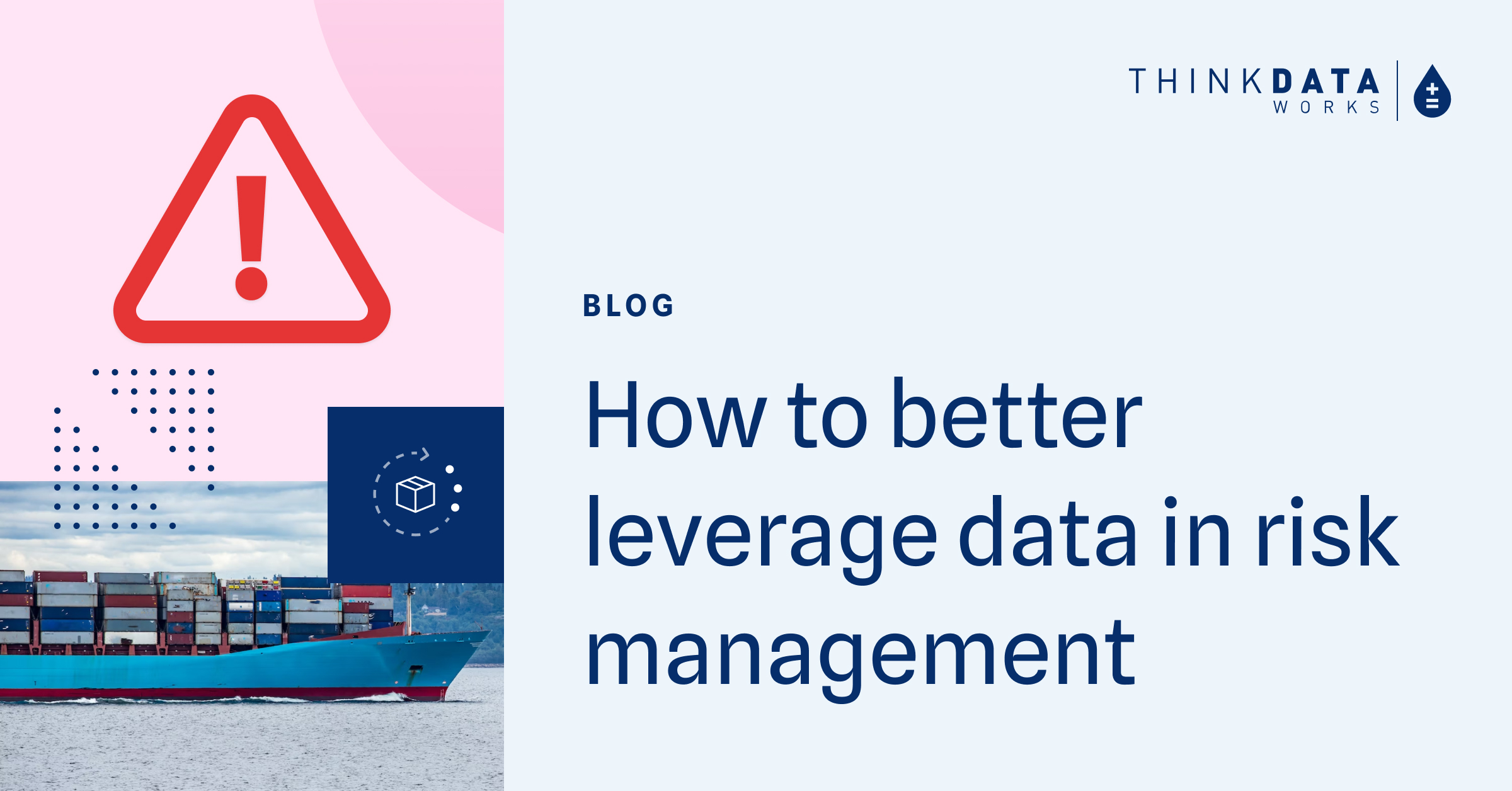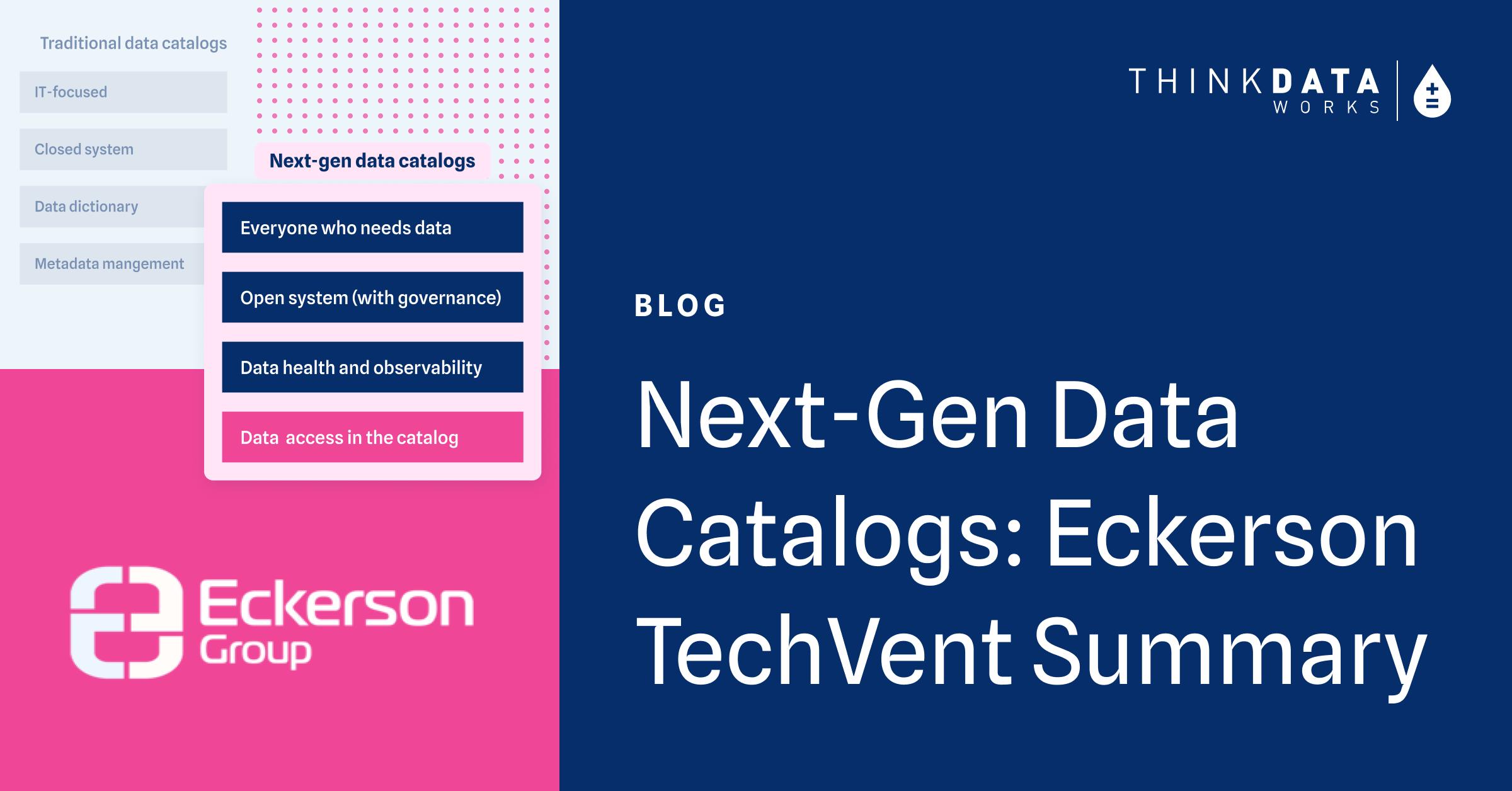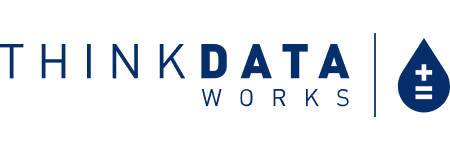4 min read
2 min read
COVID-19 Vaccines: Light at The End of the Tunnel
Calum McGuicken December 9, 2020 10:25:07 AM EST
As restrictions around the world clamp down tighter ahead of the holiday season, the forecast for Winter 2020 seems to be heavy isolation. However, with recent news of the Pfizer rollout in the UK as well as the Moderna vaccine being submitted for regulatory review across the US and UK, sentiment is shifting to a more positive outlook on COVID-19.
But these select promising vaccines are only a small representation of the ongoing global scientific effort. There are currently over 230 COVID-19 vaccines in development. Using live data from the ThinkData Catalog Platform, we're highlighting some insights around the global COVID-19 vaccine effort.
Incredible progress in a short (and long) few months
There is a clear pipeline of vaccines in development. Besides the Moderna, Pfizer and AstraZeneca vaccines, there are 8 vaccines in the later stages of the clinical development lifecycle and over 70 vaccines undergoing clinical testing.
All these vaccines are being developed across a wide range of geographies; the clinical success of each is important to ensure global vaccine coverage. As each vaccine needs to be reviewed by the regulatory body of the relevant geography it is to be distributed in, there are still considerable steps ahead to ensure global vaccine coverage.
Vaccines historically take around 10 years to be developed, so it’s truly amazing that the scientific community has been able to roll out a COVID-19 vaccine in under a year. The speed at which these vaccines have been developed is a testament to not just the research groups but also the regulatory bodies such as the MHRA and FDA. These agencies have worked tirelessly to review and analyze tremendous amounts of data – data that offers proof that these vaccines are safe to administer.
Attacking the virus from all angles
There are 10 different types of vaccine under development, ranging from the traditional methods of inactivated virus vaccines to novel and innovative methods such as DNA-based vaccines. Each type of vaccine possesses its own benefits and challenges. Having variation in vaccine types increases the likelihood of meeting the diverse requirements of the global population and ultimately increases the likelihood of global immunization once approved and distributed.
Developing the vaccine is not the only challenge
There are still considerable steps ahead. Once the vaccines have been thoroughly reviewed, they need to be manufactured at tremendous scale and distributed to the global population. Distribution presents massive logistical hurdles as many vaccines have stringent storage specifications: needing to be stored below -70ºC, for example, makes it very hard to distribute a vaccine to remote areas. Public opinion also needs to be managed when vaccines have been developed at groundbreaking speeds.
As vaccine development continues and countries adapt their COVID-19 policies, it is important that a data-centric approach is adopted to ensure that the decision-making process is as informed as possible. Combining both internal and external data is crucial in this process and allows policy-makers to have a view of the global trends, ensuring decisions are made proactively rather than reactively.
The analysis conducted for this article is available as a Python Notebook and connects directly to the ThinkData Catalog Platform using data from the Milken Institute.
ThinkData offers a lot more data than that – over 250,000 thousand datasets from more than 75 countries around the world. Request a consultation with one of our data experts to talk about external data.

4 min read
How to better leverage data for risk management and crisis response

3 min read



